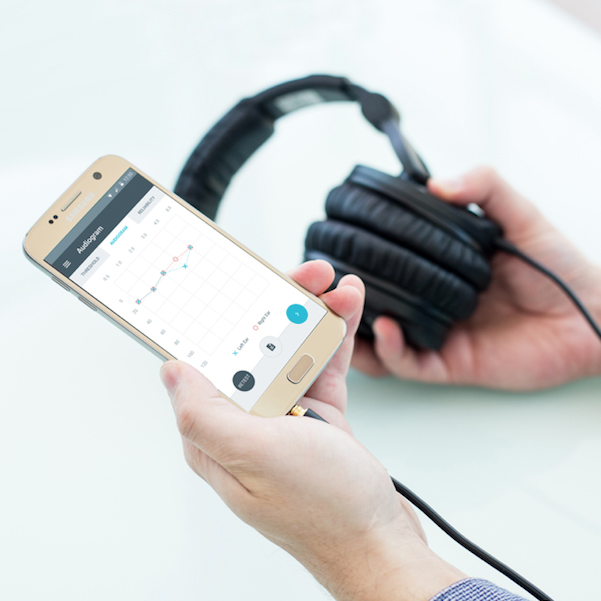Global report recommends hearTest App for hearing assessment in TB patients
The guideline report addresses the fact that quality of life in people with drug-resistant tuberculosis (DR-TB) can be badly affected by adverse drug reactions and that the second-line anti-TB injectables (SLIs), which are an essential class of agents in the treatment of DR-TB, are known to cause adverse reactions that may have lasting effects such as hearing loss.
Hearing loss has a potential impact on children’s learning and development, and, among adults, it has an impact on employment, education, and general well-being. It is therefore important to diagnose hearing loss as early as possible. The report is intended to help health providers use audiometry to make informed and patient-centered decisions to prevent and manage ototoxicity resulting from SLIs.
Ototoxicity refers to the damage to the auditory cranial nerve causing irreversible
symptoms, such as hearing loss, tinnitus (ringing of the ear), and/or other vestibular
symptoms such as nystagmus, ataxia, and disequilibrium.
The document recommends audiometry as a baseline test for all patients starting DR-TB treatment, and as a follow-up test while on the SLI. The early detection of hearing loss is recommended as an aid to decision-making regarding the use of SLI in the management of DR-TB.
In consideration of the fact that most persons undergoing treatment for DR-TB reside in low-resource settings with lack of technical resources and personnel, the report recommends monthly hearing screening using audiometers which have the following desired features:
- Good sound management, which eliminates the need for a sound booth to do audiometry testing, and allows the test to be done in normal environments
- Dual power supply from alternating current (A/C) and a battery, as this solves the problem of interrupted electricity in the field, or having to find a power source for cord connection
- Connectivity to a computer - models with web-based computer connectivity generate electronic recording of audiogram files that can be printed, stored on memory and organised into patient folders
- Patient-friendly procedure
- Calibration
- Minimal training required for health staff doing the hearing tests, and availability of technical support
- Minimal need for specialist interpretation
- Warranties and affordability
The hearTest app goes above and beyond the above features offering reliable, clinically-validated and cost-effective audiometry on a smartphone with integrated cloud-based data management.
